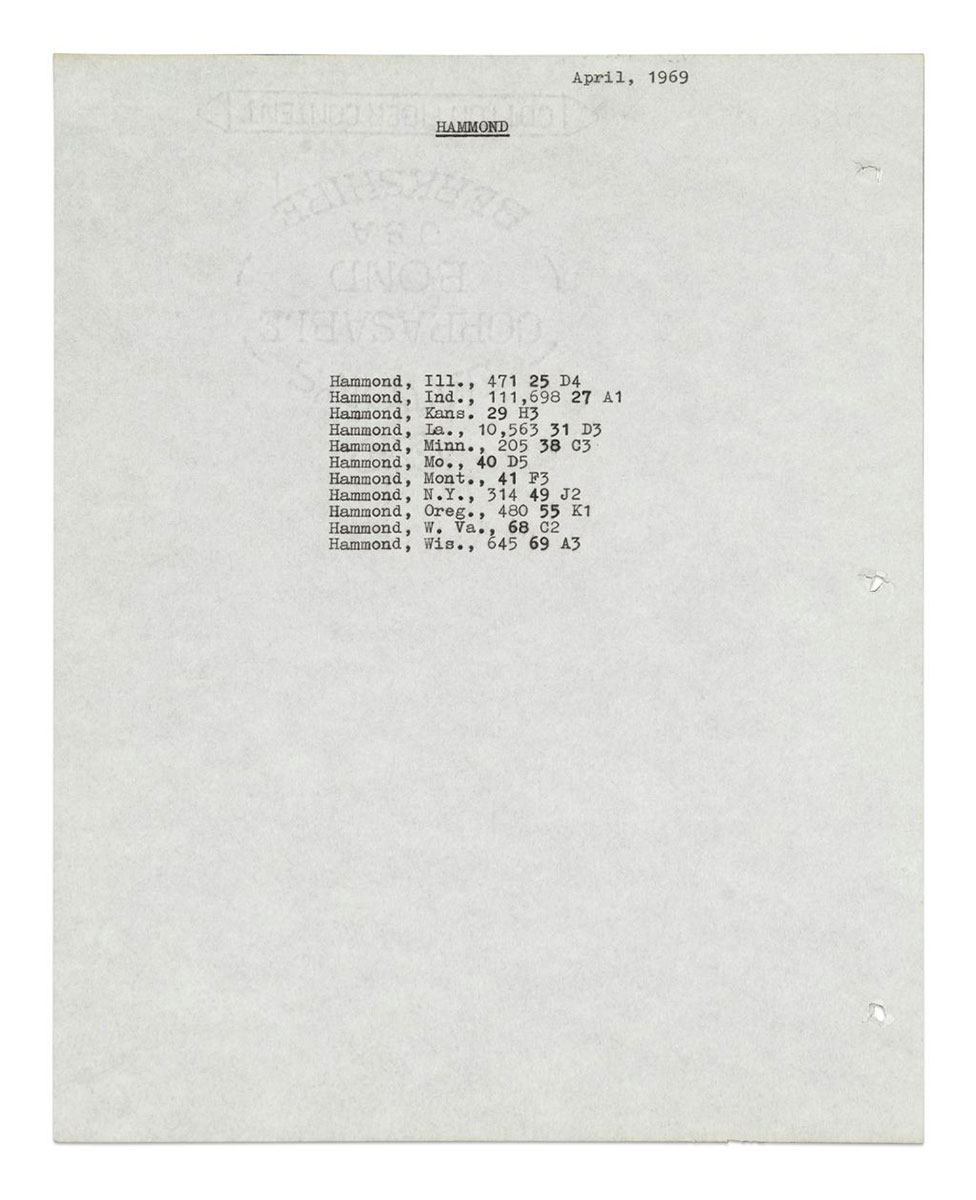ART CITIES: Los Angeles-Nancy Holt
 Nancy Holt is one of the most important figures of earth, land, and conceptual art movements. An innovator of site-specific installation and the moving image, she recalibrated the limits of art, expanding the places where art could be found and embracing the new media of her time. Across five decades she investigated perception, systems and place.
Nancy Holt is one of the most important figures of earth, land, and conceptual art movements. An innovator of site-specific installation and the moving image, she recalibrated the limits of art, expanding the places where art could be found and embracing the new media of her time. Across five decades she investigated perception, systems and place.
By Dimitris Lempesis
Photo: Sprüth Magers Gallery Archive

“Locating Perception” is the title of the first presentation of work by Nancy Holt in Los Angeles since 1985, addressing the artist’s consistent examination of how we attempt to understand our place in the world. Holt is one of the most important figures of earth, land, and conceptual art movements. An innovator of site-specific installation and the moving image, she recalibrated the limits of art, expanding the places where art could be found and embracing the new media of her time. Across five decades she investigated perception, systems and place. Nancy Holt’s major themes were vision, memory, perception, time and space. Using the natural environment as both medium and subject, Holt endeavoured to make her audience conscious of the cyclical time of the universe, the daily axial rotation of the Earth and its annual orbit around the sun. In doing so she transformed perception of the landscape. Within her work photography played a central role, both as a way of engaging with landscape and representing a passage through space, and as a way of documenting site-specific works. Holt’s interest in physical space and the geographical specificity was a key concern throughout her work. “Western Graveyards” (1968), an extended sequence of individually framed images, demonstrates her fascination with the history of the American land, the work depicting numerous graveyards within enclosed spaces, framed by fences. The graves bear a striking morphological similarity to Minimalist sculpture and her photographic approach revises the movement’s drive for serial production. “California Sun Signs” (1972) consists of bright colored photographs, capturing the humor and spontaneity of the artist’s gaze, through a linguistic play on sunshine and rays of light. Each sign contains some variation of the word sun but the immediate surroundings in which the signs are found introduce entirely different meanings. Holt’s interest with natural and artificial light are demonstrated in this work, as certain images traces of sunlight reflect off the camera’s lens or off the slick surface of the signs themselves. Holt is best known for her large-scale environmental sculptural works, including the “Sun Tunnels”. Four large concrete tunnels are aligned in pairs along an axis of the rising and setting sun on a summer or winter solstice, the pipes acting as viewing devices for the sky, the surrounding landscape and each other. Cut through the wall in the upper half of each tunnel are holes, which form the constellations of Draco, Perseus, Columba and Capricorn, the diameter of the holes differing in relation to the magnitude of the stars to which they correspond. The holes cast spots of daylight in the dark interiors of the tunnels, which appear almost like stars. The light in the tunnels is continuously changing, the shapes and positions of the cast light differing at each hour, day and season, relative to the positioning of the sun and moon in the sky. The viewer’s perception of space and scale is questioned as the tunnels sit amongst an unquantifiable panoramic landscape. The tunnels when looked through allow parts of the landscape to become framed and come into focus acting as visual reference points; they extend the viewer visually into the landscape, opening up the perceived space. When stood inside of the tunnels, the work becomes enclosed and a frame is given to the landscape. Holt’s primary aesthetic and social interests converge in her public observatories, which reflect her determination to ‘connect people with the planet earth’, to bring ‘the sky down to earth’ and to render the vast spaces of the desert ‘back down to human scale’. While the Sun Tunnels are accessible to only a small audience Holt has made numerous photographic studies of the changing conditions within the sculpture, allowing a wider audience to engage with the experience of the work.
Photo: Nancy Holt, Electrical System 1982, System Sculpture: electricity, light bulbs, conduit, sockets, Dimensions variable; site responsive, © Holt/Smithson Foundation, licensed by Artists Rights Society (ARS), New York, Courtesy , © Holt/Smithson Foundation, licensed by Artists Rights Society (ARS), New York and Sprüth Magers Gallery
Info: Sprüth Magers Gallery, 5900 Wilshire Boulevard, Los Angeles, CA, USA, Duration: 28/10/2022-14/1/2023, Days & Hours: Tue-Sat 12:00-17:00, https://spruethmagers.com/






